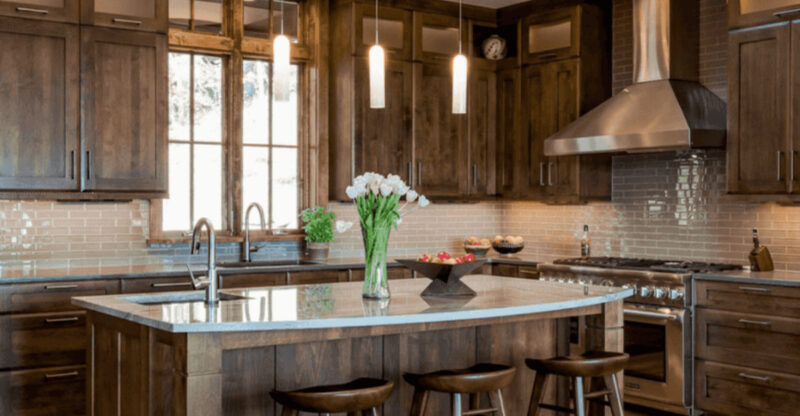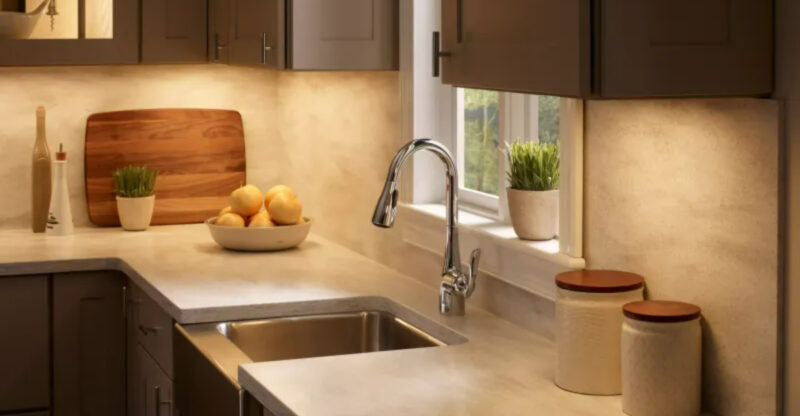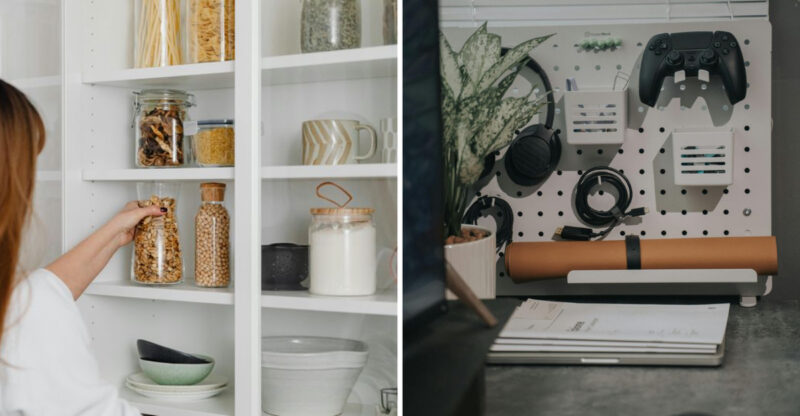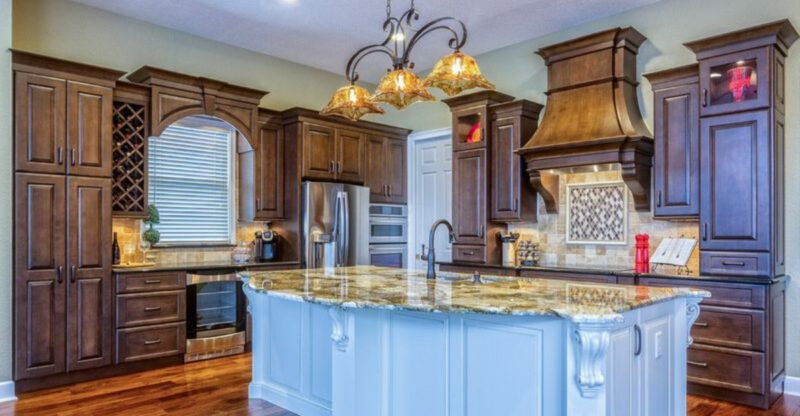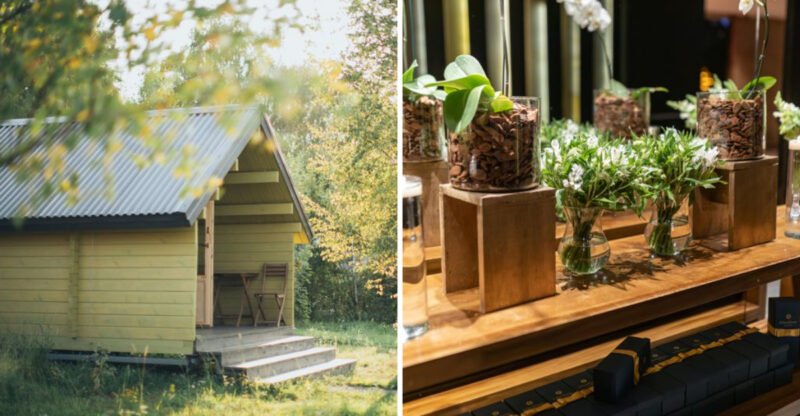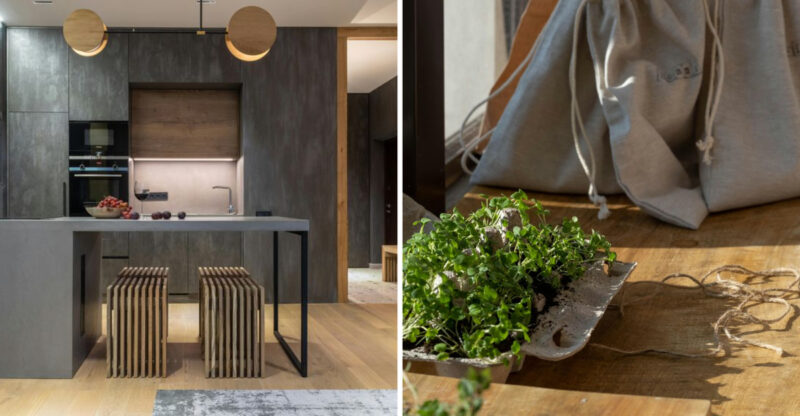16 Kitchen Design Flaws New Jersey Buyers Notice, And Avoid, Say Interior Experts
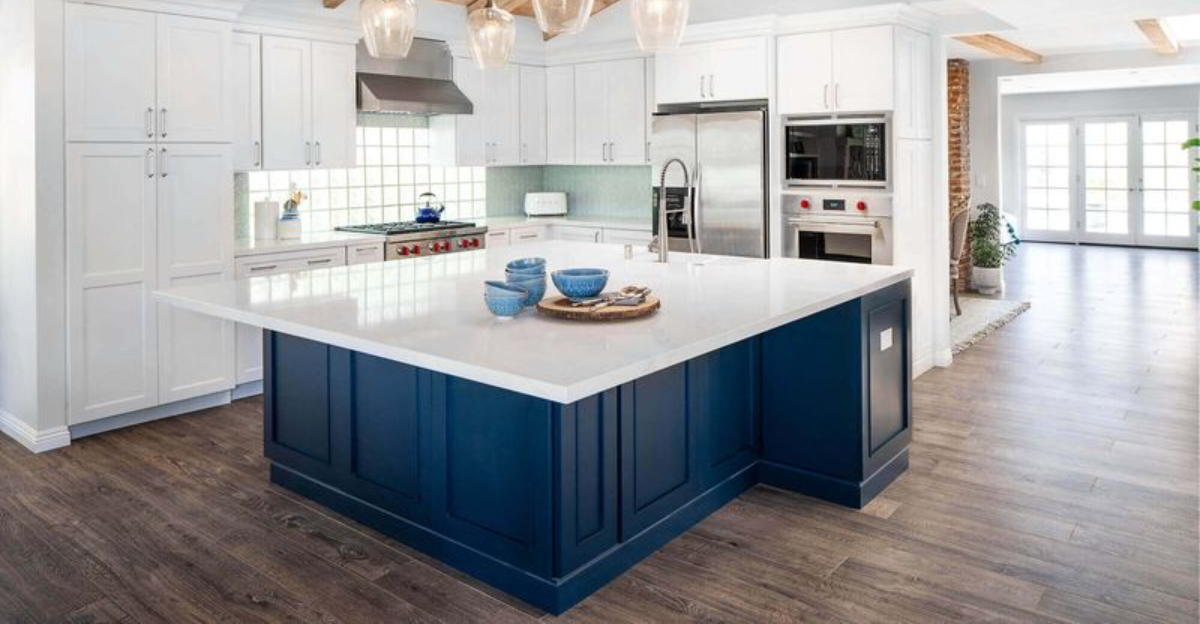
Think your kitchen is buyer-proof? Hold that spatula, New Jersey house hunters have an eagle eye for design missteps.
Interior experts agree, one wrong turn in the layout or a poorly placed microwave, and it’s goodbye offer, hello open house. Spoiler, no one’s impressed by your toe-kick vacuum.
If you’re curious what’s turning buyers off faster than a left lane hog on the Parkway, dig into this list.
1. Maze-Like Kitchen Layout
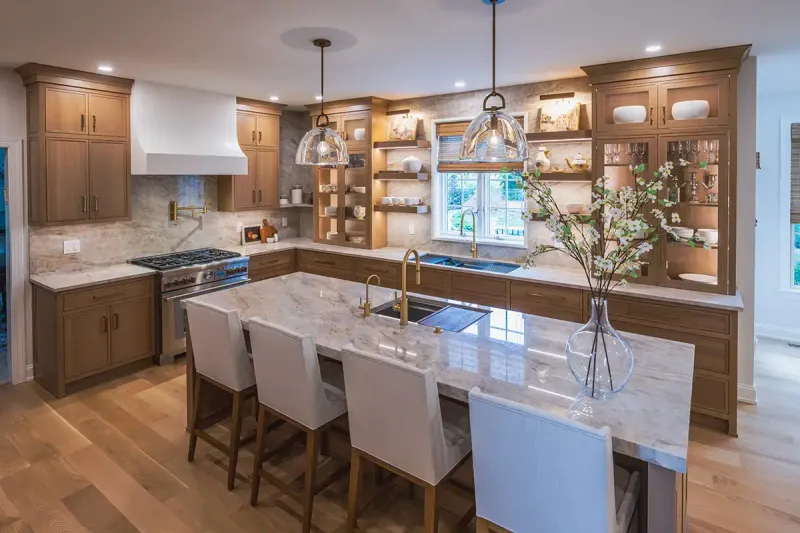
Ever watched someone zigzag across their kitchen just to make a sandwich? Awkward layouts create frustration zones where family members bump into each other during meal prep.
The kitchen work triangle (stove, sink, refrigerator) should flow naturally. When these elements sit too far apart or require obstacle navigation, functionality suffers dramatically.
New Jersey buyers immediately notice these movement barriers and calculate the renovation costs in their heads before they’ve even opened a cabinet.
2. Counter Space Starvation
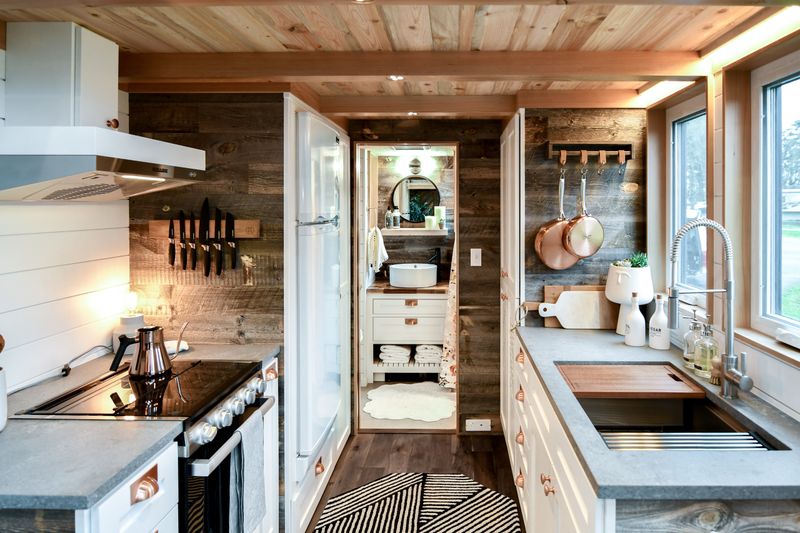
Nothing sends buyers running faster than kitchens where you can barely fit a cutting board. Counter space isn’t just nice-to-have, it’s essential for everything from unpacking groceries to holiday meal preparation.
Many older New Jersey homes feature kitchens with minimal prep areas, often interrupted by appliances, sinks, or decorative elements that steal valuable workspace.
Smart home shoppers mentally measure usable surface area and immediately recognize when a kitchen lacks the foundation for comfortable cooking.
3. Shadow-Casting Lighting Schemes
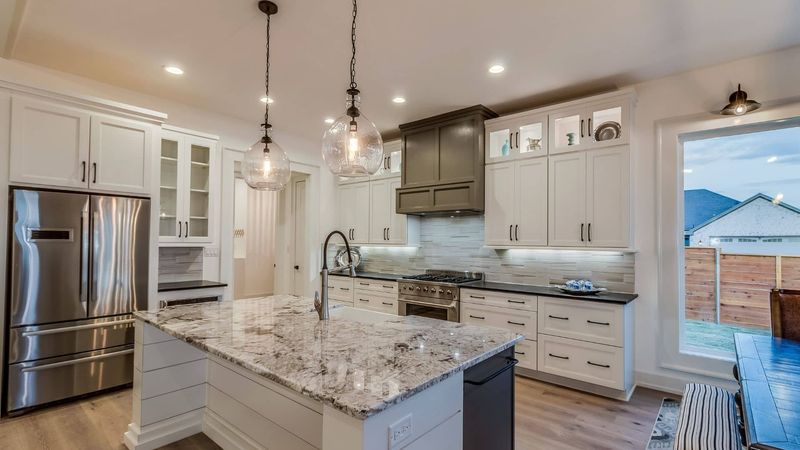
Chopping vegetables in your own shadow isn’t just annoying, it’s dangerous! Kitchens need three types of lighting, ambient, task, and accent.
Many New Jersey kitchens suffer from single-source ceiling fixtures that create shadows exactly where you need visibility most. Under-cabinet lighting isn’t a luxury, it’s a necessity for safe food preparation.
Home hunters quickly flip switches during viewings and notice immediately when they’d be cooking in the dark or straining their eyes to read recipes.
4. Dinosaur-Era Appliances
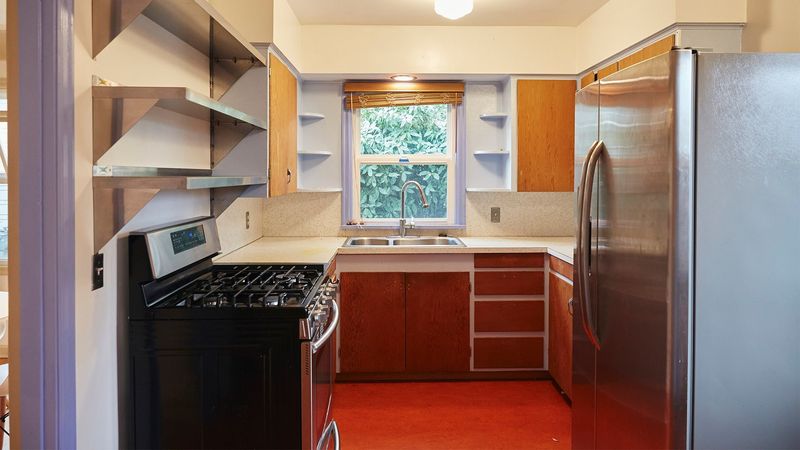
That harvest gold refrigerator might have character, but it’s also an energy vampire. Outdated appliances signal immediate replacement costs to savvy New Jersey buyers.
Beyond aesthetics, older appliances typically consume more electricity, offer fewer features, and may pose safety concerns. Buyers mentally add $5,000-$15,000 to the home price when they spot ancient appliances.
Modern families expect energy-efficient models with smart features that complement their lifestyle. Not relics from their grandparents’ era.
5. Bargain-Bin Cabinetry
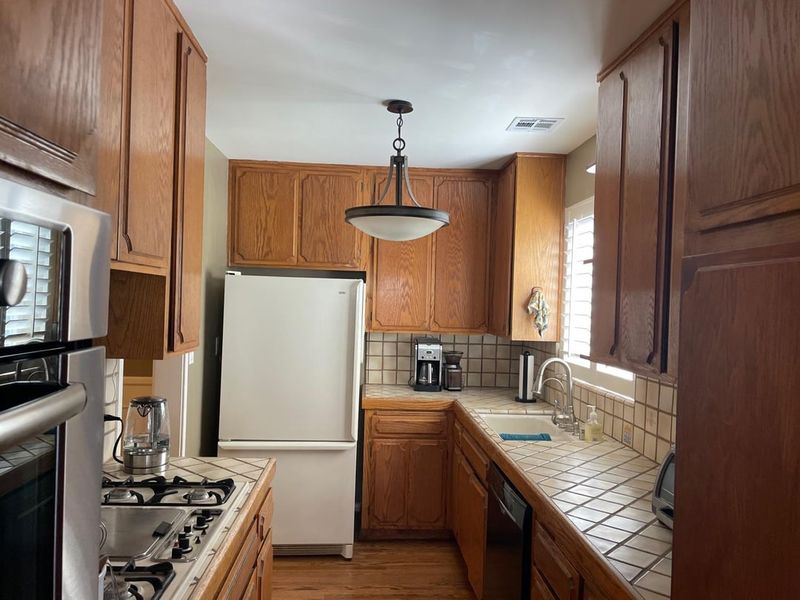
Those particle board cabinets with peeling veneer tell a story, and it’s not a happy one. Quality cabinetry forms the backbone of kitchen durability and function.
New Jersey home seekers quickly spot the telltale signs of budget cabinets, flimsy drawer construction, visible wear at touch points, and doors that don’t align properly. They understand these aren’t simple fixes.
Cabinet replacement represents one of the most expensive kitchen renovations, often starting at $15,000 for modest kitchens. It’s a cost factor buyers immediately calculate.
6. Storage Space Shortage
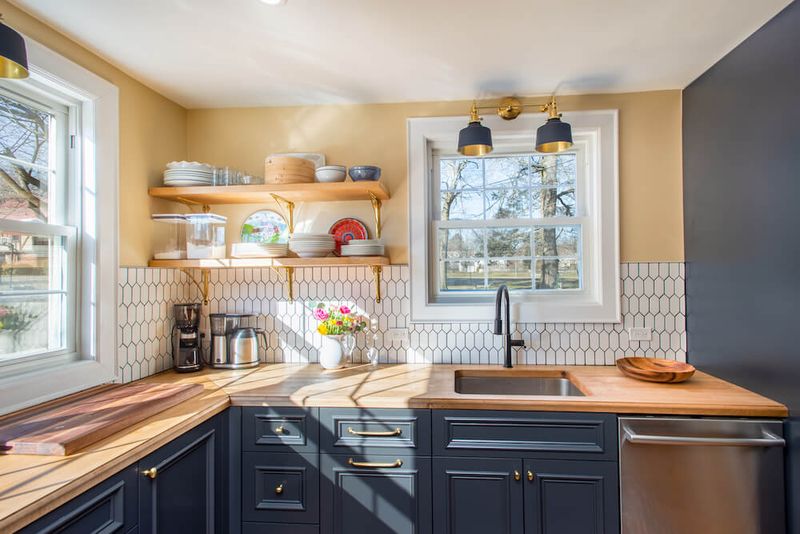
Where exactly would the cereal boxes go? Kitchens without proper pantry space force homeowners to get creative, and not in a good way.
New Jersey families need dedicated storage for groceries, small appliances, and kitchen gadgets. When cabinets alone must handle everything, the result is cluttered countertops and overstuffed drawers.
Buyers mentally inventory their kitchen possessions during viewings and quickly recognize when a kitchen lacks the storage capacity for modern cooking equipment and food supplies.
7. Color Chaos Combinations
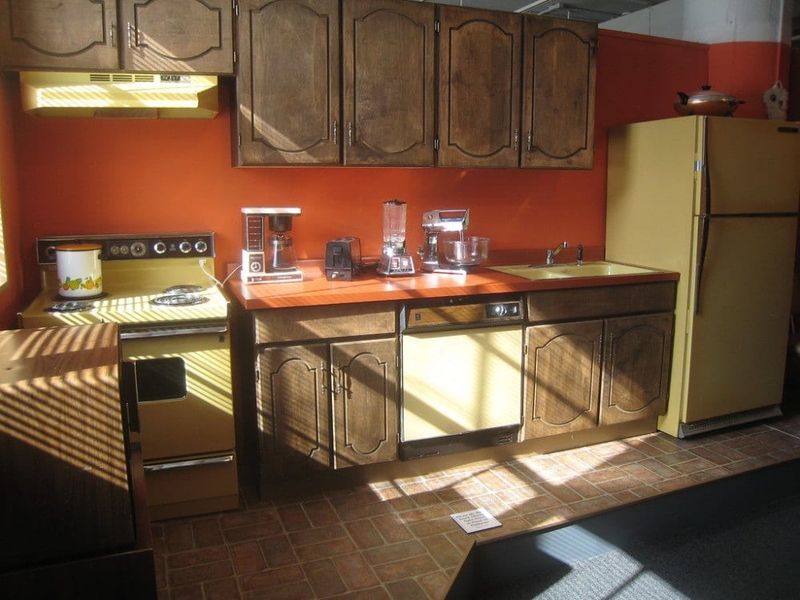
Orange countertops meeting purple backsplashes under yellow cabinets? Color clashes create visual tension that home seekers can’t unsee.
Mismatched finishes result from piecemeal renovations where homeowners updated elements individually without considering the overall aesthetic. The result feels disjointed and unplanned.
New Jersey buyers prefer kitchens with cohesive color stories and complementary materials that create harmony rather than visual arguments between different kitchen elements.
8. Open Shelf Overload
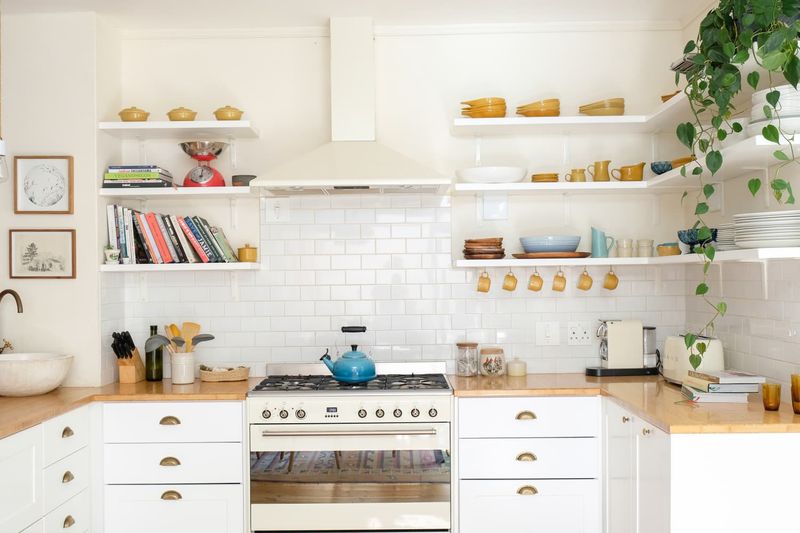
Those Instagram-worthy open shelves look fantastic in photos but create maintenance nightmares in real life. Dust collection becomes a daily battle.
New Jersey homebuyers understand that open shelving requires perfect organization and regular cleaning to avoid looking cluttered and unkempt. Most families prefer keeping everyday items behind closed doors.
While a few open shelves can add character, kitchens where upper cabinets have been completely replaced with open shelving signal impracticality.
9. Backsplash Time Capsules
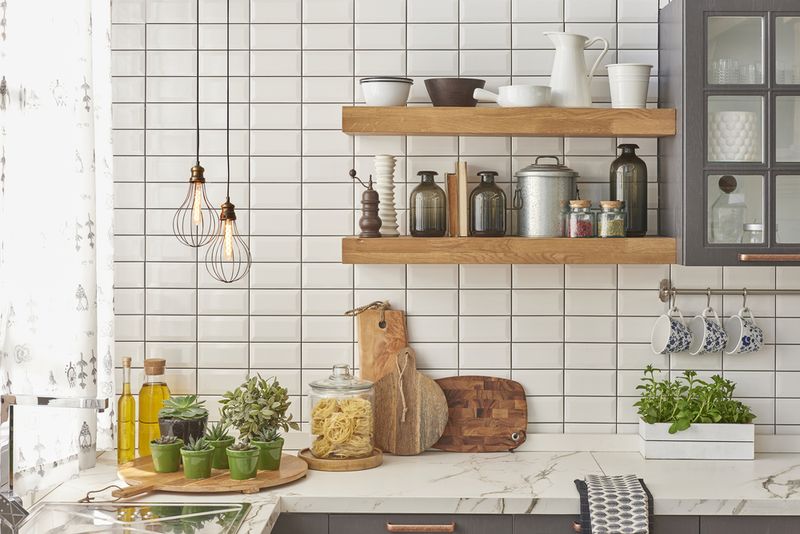
Nothing dates a kitchen faster than 4×4 pastel tiles or busy patterned backsplashes from decades past. These design elements essentially timestamp when the kitchen was last updated.
Backsplashes occupy significant visual space in kitchens, making outdated styles particularly noticeable. New Jersey buyers quickly identify these elements as immediate renovation projects.
While replacing a backsplash isn’t the most expensive update, it often requires professional installation and coordinates with countertop choices. Those are the complications home hunters prefer to avoid.
10. Island Size Mismatches
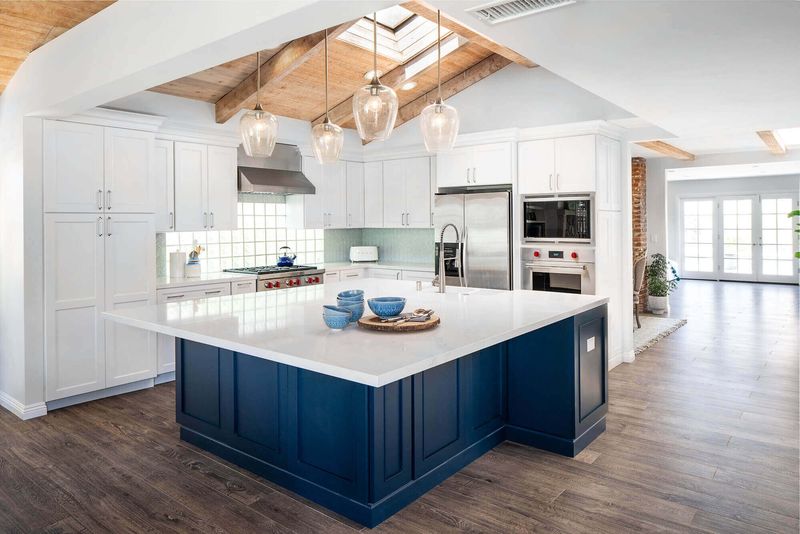
Tiny islands lost in vast kitchens or massive islands that transform navigation into an obstacle course. The fact is, size proportion matters tremendously.
Properly sized islands should provide useful workspace while maintaining at least 36 inches of clearance on all sides. Many New Jersey kitchens feature islands that were afterthoughts rather than planned elements.
Home purchasers immediately notice when islands block natural movement patterns. Or, worse, fail to provide the functionality that makes them worth the space they occupy.
11. Appliance Finish Free-For-All
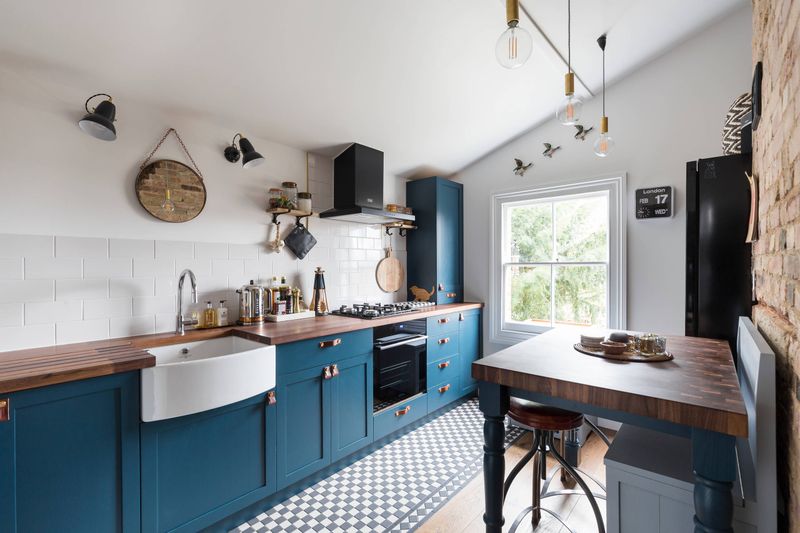
Stainless steel refrigerator, black dishwasher, white stove, and bronze microwave create visual chaos that screams “piecemeal replacements” rather than cohesive design.
When appliances have been replaced individually over time without consideration for finish consistency, the kitchen appears unplanned and disjointed. This mismatching signals to buyers that the kitchen hasn’t been thoughtfully maintained.
New Jerseyans strongly prefer kitchens where appliance finishes coordinate, creating a sense of intentional design rather than emergency replacements.
12. Corner Cabinet Catastrophes
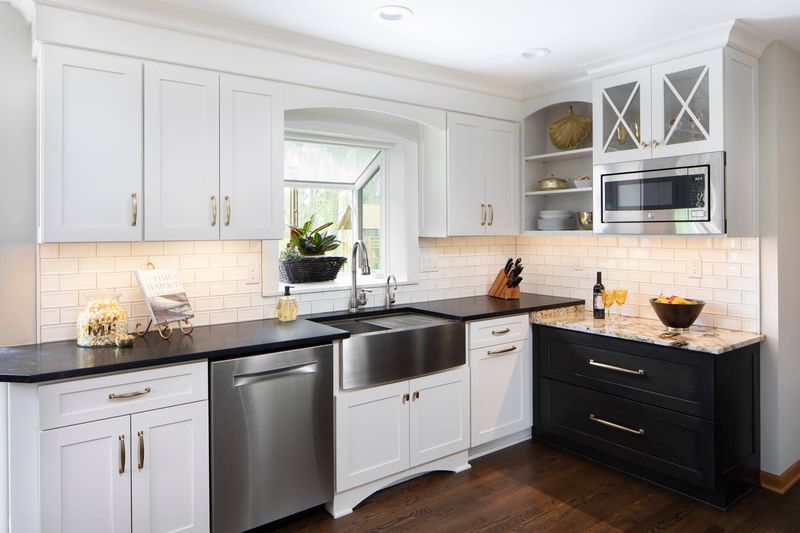
The dreaded corner cabinet, where storage goes to disappear forever! These awkward spaces often waste significant storage potential without proper organizational solutions.
Standard corner cabinets create deep, unreachable areas where items get lost for years. Without specialty hardware like lazy Susans or pull-out systems, these spaces become functionally useless.
Trust me, potential buyers will quickly check corner solutions during home tours. they know these spaces represent either smart storage opportunities or frustrating dead zones in the kitchen layout.
13. Flooring Faux Pas

Vinyl peel-and-stick tiles curling at the edges or laminate that clacks loudly with every footstep sends immediate red flags to potential buyers.
Kitchen flooring faces extreme conditions: water spills, dropped utensils, temperature changes, and constant foot traffic. Low-quality materials quickly show wear and suggest deeper maintenance issues.
People pay special attention to flooring transitions between rooms. they’ll be checking for evenness and appropriate material choices that will stand up to Northeast seasonal changes.
14. Outlet Shortages And Oddities
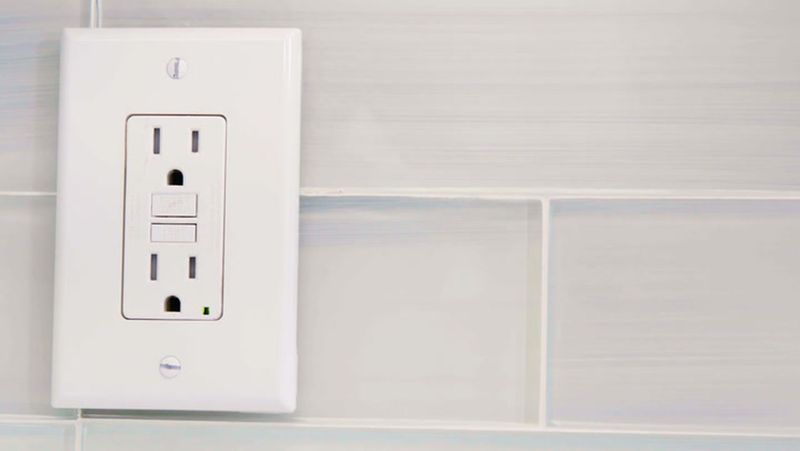
Extension cords snaking across countertops reveal a fundamental kitchen design failure…insufficient electrical outlets for modern cooking needs.
Today’s kitchens require numerous outlets for coffee makers, blenders, charging stations, and specialty appliances. Older New Jersey homes often feature minimal electrical access that doesn’t match contemporary requirements.
Prospective homeowners count available outlets during viewings. They notice immediately when they’d need to choose between running the microwave or the toaster due to outlet limitations.
15. Hardware And Fixture Time Warp
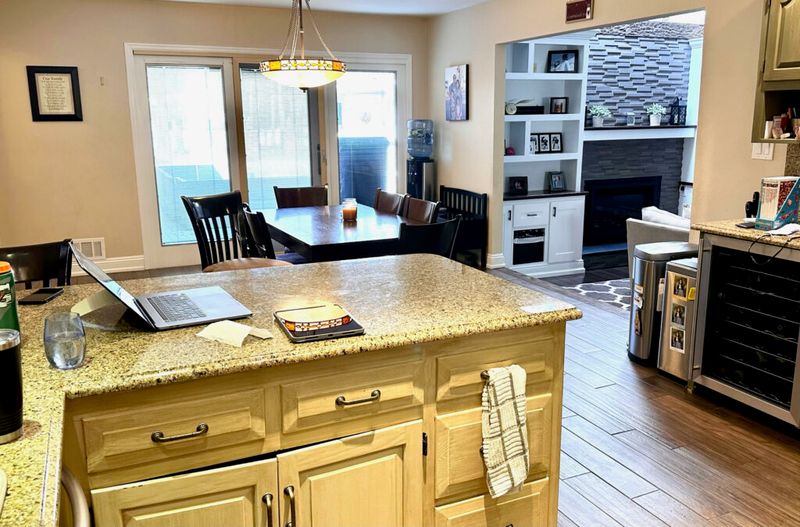
Is your kitchen stuck in a time warp, complete with brass bling and crystal knobs that scream Golden Girls chic?
Outdated hardware may seem small, but it makes a loud (and unfortunately retro) statement. Those brass cabinet pulls and faux-crystal faucet handles? They’re less “vintage charm” and more “cue the dial-up internet.”
Hardware is the kitchen’s jewelry, and in style-savvy New Jersey households, clunky accessories can ruin the whole outfit. Modern-minded residents notice these dated touches right away, and start mentally budgeting for a makeover before they’ve even opened a drawer.
16. Visible Wear And Unfinished Details
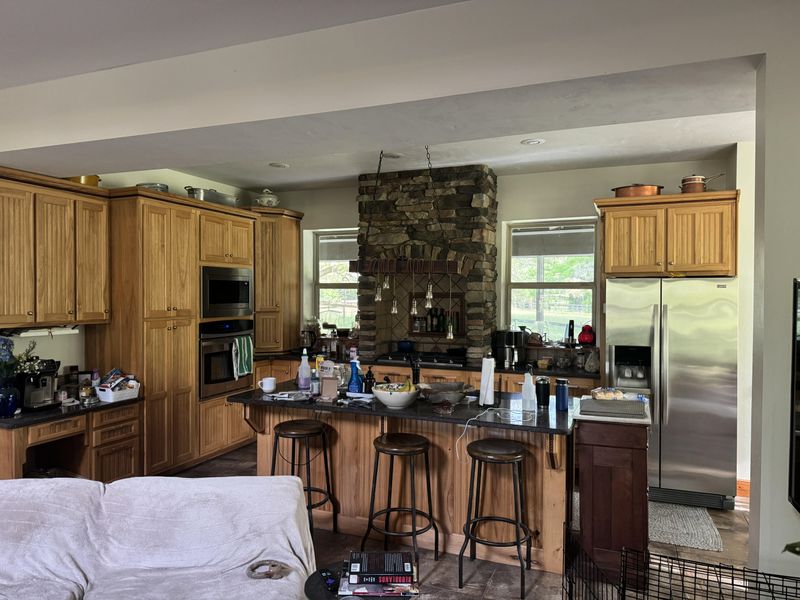
Water damage under the sink, missing caulk around the faucet, or cabinet doors that don’t quite close suggest deeper maintenance issues throughout the home.
Small finishing details reveal how well a kitchen has been maintained over time. Buyers scrutinize these elements as indicators of potential hidden problems and overall homeowner care.
New Jersey’s competitive real estate market makes these details particularly important. Buyers weigh move-in-ready homes against those requiring immediate attention to worn or unfinished elements.

